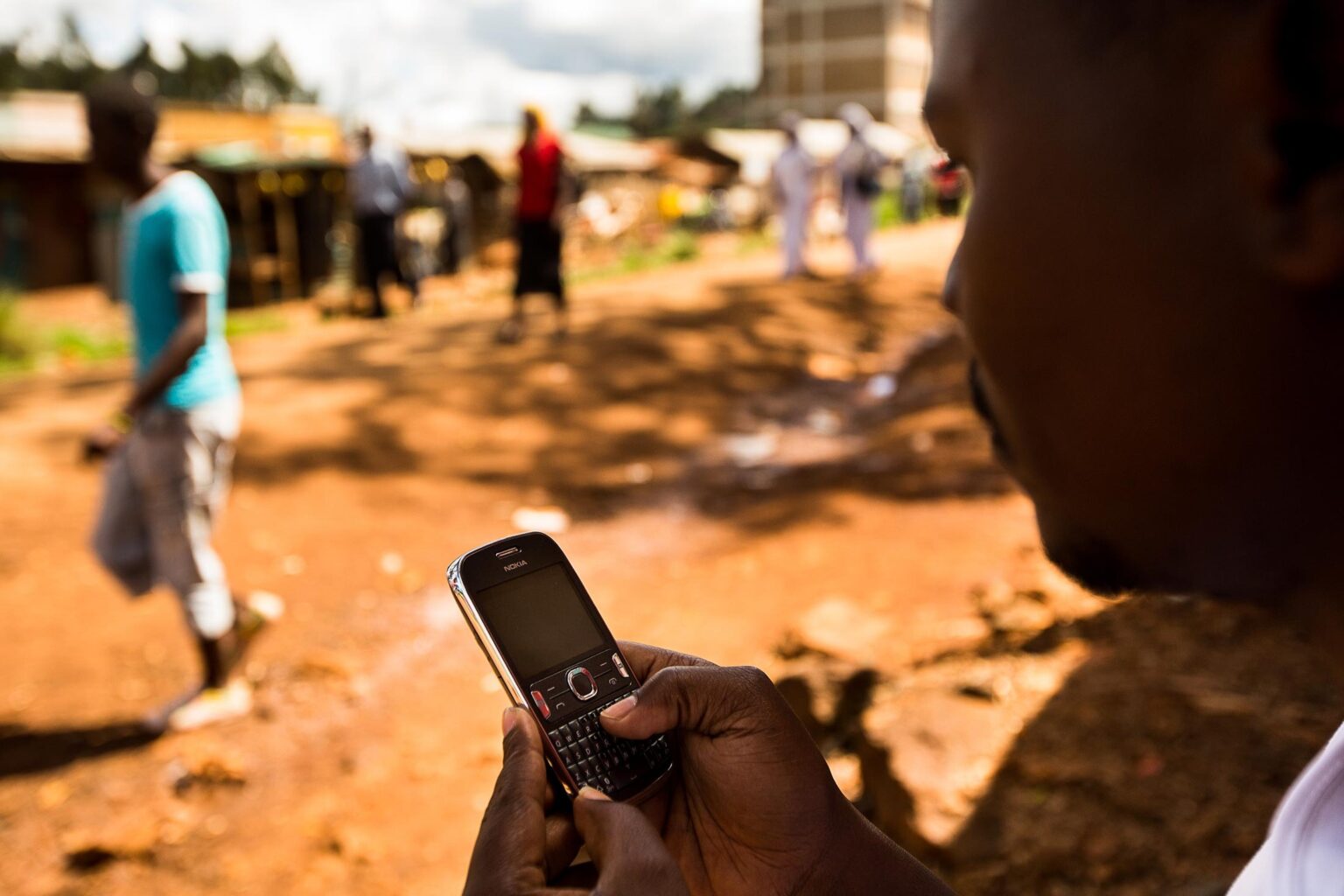Global Courant 2023-05-26 20:30:02
Traditionally, food, clothing, air and shelter are recognized as the basic necessities of life. However, with the overwhelming advancements in technology we are going through, we might consider adding mobile phones to the list. While it may not sustain life itself, it has undeniably become an indispensable tool with which we navigate our daily lives.
Consequently, the global significance of smartphones is monumental. As of 2021, the valuation of the global smartphone market reached an impressive level $457.18 billionwith a forecast of $792.51 billion in 2029. But despite the substantial size of the global industry, Africa is not a vibrant player as the majority of production takes place in other regions.
Africa’s potential in the marketplace is undeniable, thanks to its abundant resources and growing consumer base. The continent has crucial resources such as cobalt, tin, tantalum and tungsten, essential components in the production of mobile phones. Also there were 503.14 million smartphone subscriptions in Sub-Saharan Africa in 2021, and the number of smartphone subscriptions in Sub-Saharan Africa is expected to reach 798 million in 2027, based on steady growth in previous years.
Despite this valuable potential to establish a remarkable presence in the global industry, mobile device manufacturing and assembly remains concentrated in countries such as China, Hong Kong, the United States, Vietnam, Taiwan, and so on. However, this is not to say that countries of the continent are devoid of telephone manufacturing capabilities.
Over the years, some African countries such as South Africa, the Republic of the Congo and Egypt have made efforts to develop their local mobile phone manufacturing capabilities and contribute to the global supply chain. The latest in this quest is Kenya.
The Kenyan government recently announced plans to launch the first batch of locally produced smartphones in July. Eliud Owalo, the secretary of the country’s ICT cabinet, explained: “Based on feasibility studies conducted, we can assemble smartphones locally at a cost of around KES5,000 ($40). We’re working with the private sector to ensure we can roll out our first batch of low-cost smartphones in the next two months.
This ties in with William Ruto (Kenya’s president) revelation last year that the country has plans to locally produce what he describes as “the cheapest smartphone in Africa”.
Africa already has at least seven ‘made in Africa’ smartphone brands, including Mara Phones, Onyx Connect and Mi-Fone. But Transsion Holdings, a Chinese mobile phone manufacturer known for its popular brands including Tecno Mobile, Infinix and itel, has gained a dominant position in the African market. These brands have gained significant popularity and market share in Africa due to their affordability, targeted marketing strategies and features designed to meet the specific needs of African consumers.
This indicates that the nation is engaged in a competitive race to outperform established manufacturers, and it is this challenge that the Kenyan government must seek to overcome. Last year, the government of the East African country, under the Finance Act 2022, imposed a 10% excise tax on mobile phone imports to reduce dependence on imported phones. In reality, raising excise taxes is not enough to manufacture, promote and promote domestically manufactured phones.
First, one of the easiest ways Kenya can achieve easy production is to license an existing model from an original design manufacturer (ODM). It’s nice to know that the country already has plans for this. According to Owalo, telecom companies in Kenya such as Safaricom, Jamii Telecom and Airtel have come together to achieve this goal despite being competitors.
Another important aspect is ensuring that locally manufactured phones meet international quality standards while maintaining competitive prices to attract consumers. Kenyan native brands should strive to incorporate attractive features found in high-end phones that are popular among the citizens of the country.
Integrating native languages as optional operating languages into these phones could prove to be a valuable addition, increasing patronage and consumer interest. The availability of competitively priced smartphones that meet international quality standards can improve access to digital connectivity and bridge the digital divide between Kenya and Africa.
In addition, the Kenyan government should prioritize market awareness and promotion through targeted marketing campaigns. These types of campaigns help educate consumers about the benefits of buying locally manufactured phones, including the positive impact on the domestic economy.
If Kenya successfully establishes efficient and affordable smartphone manufacturing, it could open up the opportunity to export devices across the continent, especially with the growing momentum of the African Continental Free Trade Area (AfCFTA).
It also opens up citizens to an avalanche of opportunities. For example, the increase in mobile phone usage will pave the way for innovative mobile solutions such as access to credit, electricity, messaging, insurance and even facilitating payments for ride-hailing services offered by startups to reach a wider audience .
The success of Indigenous Kenyan phones goes beyond just benefiting Kenya; it has the potential to positively impact the entire African continent by moving it closer to achieving technological self-reliance,




